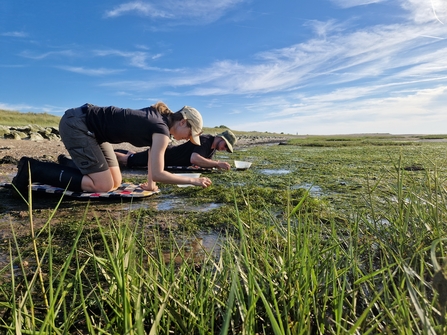Week 7
This week while Ed was on annual leave, I had a couple of great days out with Natural England where I got to visit their office in Norwich and meet the team. I had an amazing time as I also got to meet Jennifer Love, my supervisor for my smelt recovery project, in person. Day 1 was spent travelling to Norwich on the train and doing a wide range of games and quizzes. We did marine animal origami, and quizzes about a range of topics including marine ecosystems and renewable energies. Then we had lunch outside by the river in the sun, it was great to get chatting with everyone from different offices around the east coast. The afternoon was spent listening to presentations about the ongoing projects that Natural England are working on, which I found super interesting. I felt very lucky to get a glimpse into the work they do as up until now my understanding was more superficial and from other organisations perspectives. We finished the day with a presentation on Orford Ness which is a site that Natural England have designated due to its vegetated shingle; one that we would visit the next day.
Day 2 was spent travelling from Norwich to Orford Ness. Our trip started with a short boat ride which was a great way to start the day. Once we were all onto the site safely, we piled into an army style trailer van and drove out to the furthest point of our walk back. The scenery was unlike anything we’d ever seen before and everyone was blown away by the stark contrast of eerie derelict Ministry of Defence (M.O.D) buildings and marine ecosystems around us.




